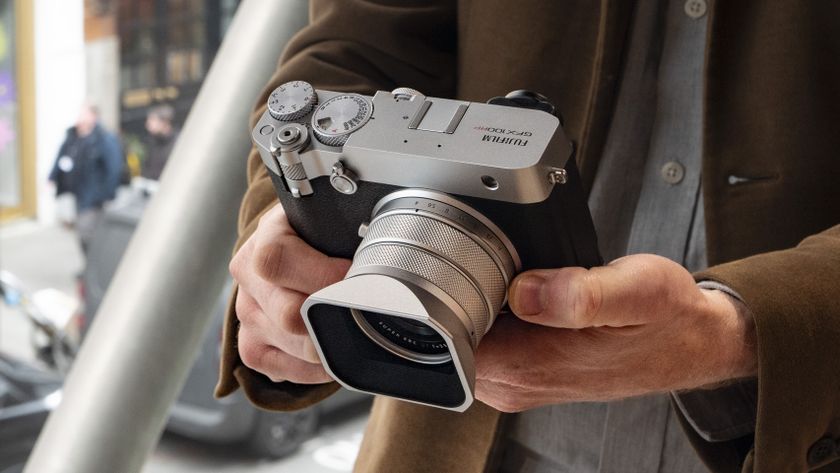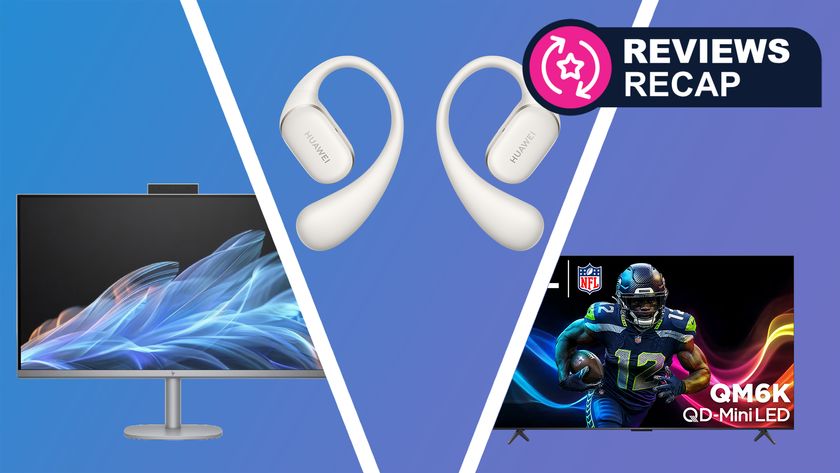Panasonic LX7: 10 things you need to know
New Lumix premium compact explored
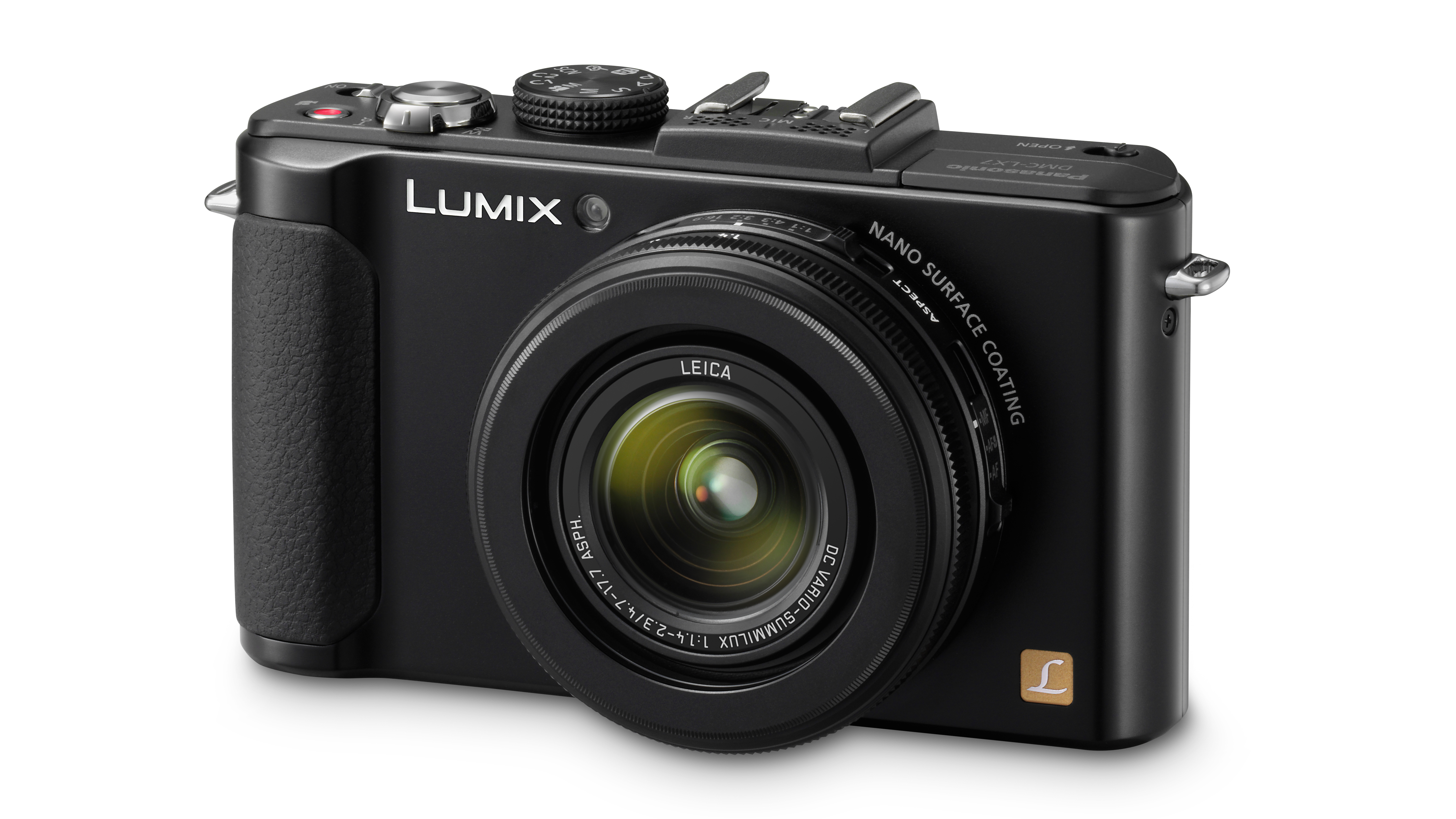
Panasonic's latest premium compact camera, the Lumix LX7, replaces its two year old predecessor, the Panasonic LX5. It doesn't, as many expected it would, contain a large, 1-inch sensor, as seen in the Sony RX100.
Here are the most important things to know about the Panasonic LX7.
Panasonic LX7 sensor size
After suggesting that it was considering a larger sensor for its next premium compact camera, Panasonic will have surprised many with its decision to stick with the same size 1/1.7-inch device as found in the Panasonic LX5.
The 10 million pixel sensor is the same size as found in many other compact cameras, but it is other features of the Panasonic Lumix LX7 that the manufacturer says gives the camera the edge over its competitors.
Panasonic LX7 lens
The lens is what Panasonic is keen to push about the LX7. Using a smaller sensor size enables Panasonic to keep the maximum aperture wide, even at the telephoto end of the lens.
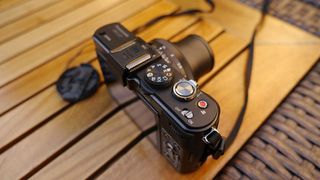
It's the joint fastest compact camera lens on the market, with f/1.4 at the wide angle (the same as the also recently announced Samsung EX2). At the telephoto end, it rises to just f/2.3, compared with f/4.9 at the Sony RX100's telephoto end.
Inbuilt ND filter
When using that maximum aperture of f/1.4 to blur out backgrounds, a neutral density filter will come in handy during periods of bright sunshine. Luckily, the Panasonic LX7 has one built in, which can be activated at the push of a button on the back of the camera.
Get daily insight, inspiration and deals in your inbox
Sign up for breaking news, reviews, opinion, top tech deals, and more.
Aperture ring
There's nothing that enthusiast photographers like more than extra command dials and buttons to access commonly used settings.
The Panasonic LX7 sees a ring placed around the lens for quick and easy control over aperture. It's a shame that this can't be customised to control other settings, but it will still be appreciated by many.
Panasonic LX7 screen
The Panasonic LX7 features a 3-inch 920k dot LCD screen fitted with anti-reflective coating to help in bright sunshine. It is not, however, a touchscreen. Considering Panasonic is an electronics giant with a slew of other compact cameras with touchscreens fitted, it seems a bit of a shame not to have one here on the Panasonic LX7, which would have been handy for setting the autofocus point or accessing commonly used settings.
Raw capture
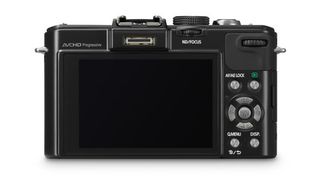
As with most other premium compact cameras, the Panasonic LX7 includes the ability to shoot in raw format. This is extremely useful for those photographers looking to get more from photos in post-production. The Panasonic LX7 comes bundled with SilkyPix editing software, or you can use programmes such as Photoshop (when the relevant updates become available) to edit raw files.
Creative control
Faced with increasing competition from smartphones, camera manufacturers are packing more features and digital filters onto cameras, and the Panasonic LX7 is no exception. There were a few to be found on the Panasonic LX5, but this number has now been increased to include those found on Panasonic's latest G series compact system cameras.
Cross Process, Dramatic Tone and Dynamic Monochrome are just a few examples of the available filters, which are also customisable.
Panasonic LX7 aspect ratios
The Panasonic LX7's sensor supports multi-aspect ratios, essentially providing different crops from the 1/1.7-inch sensor. Ratios of 4:3, 3:2, 16:9 and 1:1 are all available, and quickly accessed from a switch on the lens barrel.
Panasonic LX7 video
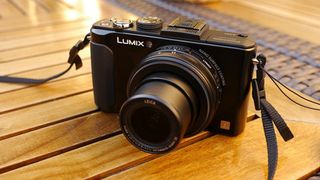
Full HD video recording is available for the first time on an LX camera, but other improvements come in the form of AVCHD Progressive or MP4 recording capability. The lens is capable of zooming and refocusing while in video recording mode, plus a stereo mic at the top of the camera is included to capture the sound.
Panasonic LX7 price and release date
Pricing is one area where the Panasonic LX7 has a distinct advantage over the Sony RX100. At around £450 (around $700), it's around £100 (around $155) cheaper than the RX100, making it a much more affordable proposition. The Panasonic LX7 release date is expected to be around September 2012.
Amy has been writing about cameras, photography and associated tech since 2009. Amy was once part of the photography testing team for Future Publishing working across TechRadar, Digital Camera, PhotoPlus, N Photo and Photography Week. For her photography, she has won awards and has been exhibited. She often partakes in unusual projects - including one intense year where she used a different camera every single day. Amy is currently the Features Editor at Amateur Photographer magazine, and in her increasingly little spare time works across a number of high-profile publications including Wired, Stuff, Digital Camera World, Expert Reviews, and just a little off-tangent, PetsRadar.


